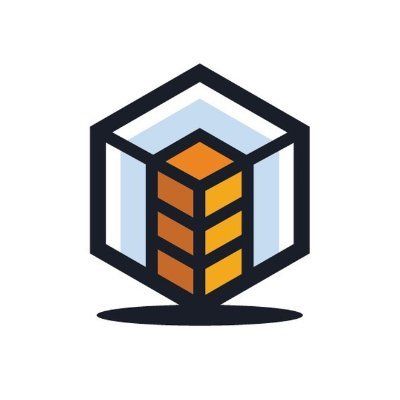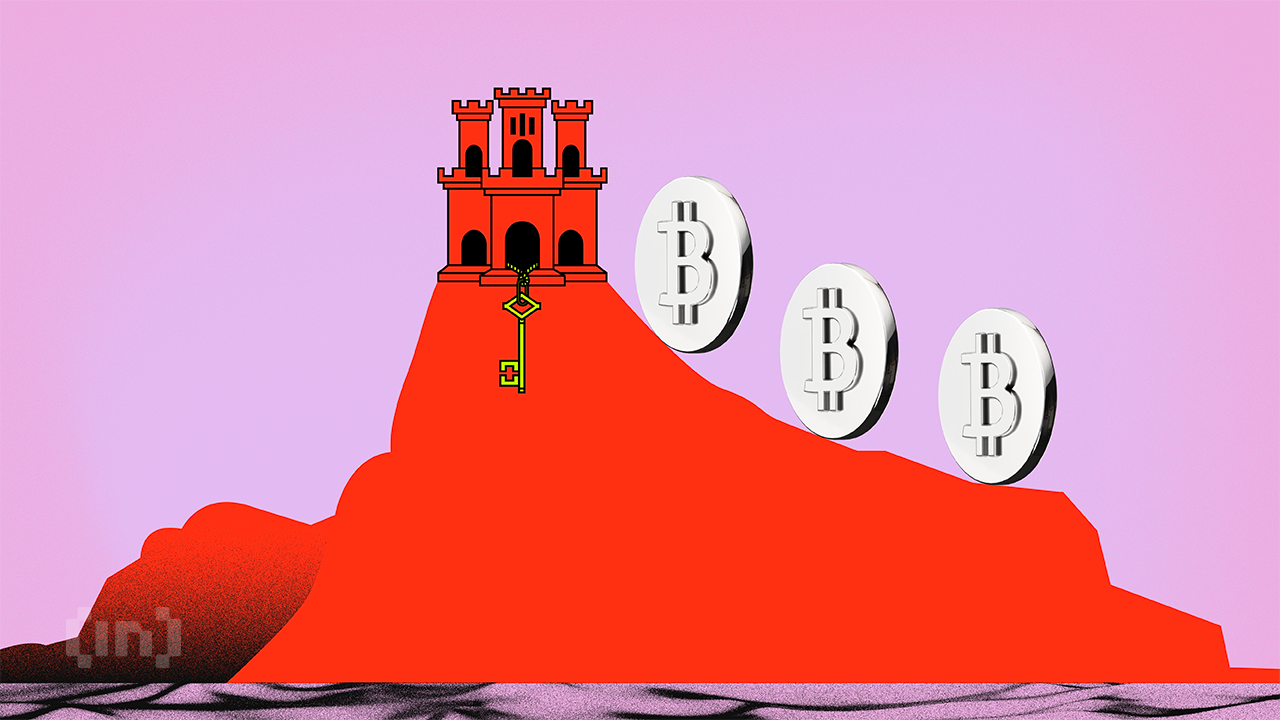Art and real estate have been associated with wealthy people for centuries. This is primarily because the entry barriers to owning high-end art or property are quite high. But those barriers are shifting. Today, thanks to fractionalized real estate and art tokenization, it’s possible for small-scale investors to begin investing in real estate or digital art for as little as $20. This guide lists the top fractional real estate and art investment platforms that enable you to buy tokenized assets.
- Top 5 platforms to buy fractional and tokenized assets
- 1. Angelo
- 2. Propy
- 3. RealT
- 4. Swarm
- 5. Ark7
- What are fractionalized assets?
- What are tokenized assets?
- Tokenization vs. fractionalization
- Why should you invest in tokenized or fractionalized real estate and art?
- What to look for while selecting the platform?
- Democratizing access to luxury investing
- Frequently asked questions
Top 5 platforms to buy fractional and tokenized assets
You can use several tokenized asset investment and fractional ownership platforms to buy tokenized or fractionalized art and real estate. Let’s look at the top five platforms you can utilize today:
Sponsored1. Angelo

Angelo is a unique art investment platform that utilizes blockchain technology to make art accessible to everyone.
The platform was founded in 2021, aiming to democratize the future of fine art by creating a global community of art lovers. As an art investment platform, Angelo provides a platform for artists and art sellers to connect with their audiences directly.
The Angelo platform is ideal for anyone looking to get into the world of tokenized art investing. Tokenized art investing is a modern approach to art ownership and investment. It leverages the blockchain to fractionalize the ownership of physical or digital art. Artists can tokenize their art by converting the value of their artwork into digital tokens, which are then available for purchase.
Art investment platforms such as Angelo tokenize art and provide users with fractional ownership of the art pieces. This means investors can own a share of the art without owning the entire piece. This helps to lower the barrier to entry for art ownership, as multiple people can own fractional pieces of art.
The platform provides users with a marketplace where they can freely own a piece of art for a fraction of the cost. Secondly, users can purchase these art tokens directly from artists with no middlemen involved, allowing the artists to monetize their work.
Thirdly, anyone who buys art tokens from Angelo becomes a collector of the same art, plus the artists. Users who become collectors on the platform get exclusive voting rights on the artwork they own. They can decide if the artwork gets sold and its selling price. In addition, they also get exclusive access to the artist when it comes to their content and upcoming work.
- Artists can mint art tokens and sell them on tokenized assets marketplaces
- Users can buy fractional artwork for as little as $10
- Only professional and verified artists can mint artwork on Angelo
- Art collectors have a voting right regarding the piece of art they own
- New users may find the platform overwhelming due to its innovative features
2. Propy

Propy is a startup that leverages blockchain technology to support the processing of smart contract-reliant real estate transactions to happen autonomously.
The platform aims to automate the closing process of a real estate purchase for all parties involved much quicker and more efficiently. Using Propy, users can begin their journey to the world of tokenized real estate investing. Tokenized real estate investing is where the value of real estate is converted into a token and stored on a blockchain, allowing for digital transfer and ownership. Real estate tokenization reduces the process it takes to finalize the sale of real estate.
Propy also has its utility token dubbed PRO. The PRO tokens are used in the Propy ecosystem to unlock smart contracts for title transfers.
The platform has various features that make it a go-to for tokenized real estate investing. Firstly, Propy simplifies the process of tokenizing land while maintaining the security of its users. The tokenization of RWAs has, in the past, suffered some security flaws. Thus, Propy tries to ensure that no attacks can affect its users during the tokenization process. Secondly, it offers an efficient closing process by utilizing smart contracts on the blockchain that make the transactions a lot more trustworthy.
Thirdly, Propy’s automated technology was designed to help people save time during an auditing process. It also features a safe document storage tool that can be used to download or upload documents from anywhere, thus simplifying the documentation process. Last but not least, Propy is an excellent management tool for both buyers and sellers, as everything can be handled on the platform.
- Safeguards customers against real estate transaction fraud
- They have an escrow to guarantee payments aren’t released until the transfer is concluded
- It’s legitimate as it is compliant with the law
- There's a small learning curve in the beginning
3. RealT

RealT is an innovative company that specializes in tokenized real estate, enabling investors to purchase Ethereum-based tokens that represent fractional ownership of a particular property.
RealT was founded in 2019 and has since then tokenized more than 200 homes in the US and services over 10,000 investors in 100+ countries. Real estate tokenization transforms the value of real estate into fractionalized tokens that are kept on the blockchain. With RealT, each property is subdivided into a limited supply of RealToken.
RealToken holders have a stake in a Limited Liability Company (LLC) that legally owns the specific property. Depending on how many RealToken’s you hold, users receive a distribution, i.e., rent, each week. In addition, they can also vote on decisions regarding the properties they own.
All the RealToken have a unique identifying number that helps to distinguish them which ensures no duplication. The platform allows for rent payments to investors to their digital wallets and features diversified properties that include multi-family or single-family units.
- Collects rent every week instead of monthly
- Management of the properties on behalf of their investors
- Could be more beginner-friendly
4. Swarm

Swarm is a regulated platform that focuses on the tokenization of real-world assets for use in the decentralized finance (DeFi) protocols. Swarm prides itself in being the “most secure platform to tokenize and trade RWAs”.
The platform blends the innovation of the DeFi sector with investor protection. It has a set of investing and trading tools that allow users to have full control of the digital assets in their wallets. This eliminates third parties and allows users to tokenize RWAs such as real estate or art directly.
Swarm has several features that allow users to build their wealth based on their preferences. For starters, users can build their own tokenized assets marketplace. Secondly, Swarm acts as an asset manager. The platform has an intuitive user interface that manages the custom workflow for any digital assets.
Thirdly, it has a hybrid model that merges the assets from traditional exchanges with the advantages of blockchain trading. The platform also provides full transparency of each of its underlying assets. Moreover, Swarm also conducts monthly disclosures that are recorded on-chain as proof of provenance.
- Users can tokenize different real-world assets
- The platform is multi-asset
- Offers a regulated DeFi environment for investing, staking, and trading
- Unfamiliar end users may find the marketplace's unique features challenging to navigate
5. Ark7

Ark7 is a tech-enabled, SEC-qualified fractional real estate investment platform that is transforming the real estate sector.
The platform was founded in 2019 by former tech leaders from LinkedIn and Google and enables investors to get into real estate investing without buying into a real estate exchange-traded fund (ETF) or a real estate investment fund (REIT).
The investment platform is an attractive option for any investor looking to get started on their journey to fractional real estate investing. Ark7 features a share-based investment model that enables several investors to buy shares of rental properties.
Ark7 features a share-based investment model that enables several investors to buy shares of rental properties. This makes real estate investment much more accessible and flexible, especially for small-scale investors. The investment platform is open to both accredited and non-accredited investors, making it accessible to just about anyone.
Moreover, it is SEC-qualified, thus providing a safe and reliable investment ecosystem for its users. What’s more, Ark7 incorporates a mixed rental strategy that provides investors with a diversified real estate investment solution. Ark7’s mixed rental strategy includes investing in fractional shares of both long-term residential and short-term vacation rental properties. It allows passive income generation through monthly rental distributions and offers liquidity through a secondary market after a one-year holding period.
- Monthly rental dividends as a source of true passive income, with all properties professionally managed by Ark7
- Open to both accredited and non-accredited investors
- Award-winning apps available on both iOS and Android platforms, ensuring easy and convenient access
- No minimum investment required
- Zero commission charged on buying and selling shares
- Full control over individual properties in your portfolio, offering personalized investment choices
- Availability of secondary market trading, enhancing liquidity for investors
- High user satisfaction, evidenced by a TrustScore of 4.1 on Trustpilot
- Relatively young company
What are fractionalized assets?
Fractionalized asset investing occurs when several investors pool together funds to purchase a portion of a high-value asset like artwork, collectibles, or real estate, allowing each investor to hold a fraction of that asset.
Fractionalization is the process of subdividing a single asset, such as real estate, into small, tradeable units. These fractions then represent a corresponding ownership stake in the real estate asset. Fractionalization allows investors to buy a fragment of a high-value asset, like artwork, luxury goods, or real estate, without buying the whole asset altogether.
Fractionalization is particularly prevalent in the real estate industry as it allows small-scale investors to pool funds together and participate in a market with generally high barriers to entry.
Sponsored SponsoredWhat are tokenized assets?
Blockchain tokenization is the process of digitizing assets and depicting them as digital tokens on a particular blockchain. Each token then becomes a representation of the fractional ownership of the underlying asset. Tokenization can also be applied to real-world assets (RWAs) like commodities, intellectual property, real estate, and even stocks.
Almost any asset can be tokenized, as tweeted by DefiHawk, a DeFi researcher and writer.
While tokenization can happen to almost any RWAs, their most common use cases are currently in the art and real estate sectors. For example, tokenization makes it possible for renowned physical art to be converted into digital art and for art enthusiasts to own a fraction of it, thus democratizing the art market.
Didi you know? The real estate tokenized market is projected to grow to an 18.2 billion dollar industry by 2032, as reported by Forbes.
Tokenization vs. fractionalization
Essentially, both fractionalization and tokenization allow investors to enjoy fractionalized ownership in high-value assets that they would have otherwise been unable to access. Although tokenization and fractionalization offer alternative art and real estate investment options, they have some differences, as shown below:
Sponsored| Key aspects | Fractionalization | Tokenization |
| Liquidity | Fractionalized assets are managed by asset managers or financial institutions. | Tokenized asset platforms can be accessed directly by investors without the need for any intermediaries thus reducing management fees. |
| Market access | Fractionalization is facilitated via mutual funds or asset-backed securities in the TradFi markets. | Tokenization provides a secure, tamper-proof, and transparent record of asset transactions and ownership thanks to the utilization of the blockchain. |
| Technology | Fractionalization represents the division of assets into shares. It is not dependent on a particular technology, although it is often facilitated by digital platforms, for example, in the case of real estate crowd funding. | Thanks to the utilization of the blockchain, tokenization provides a secure, tamper-proof, and transparent record of asset transactions and ownership. |
Why should you invest in tokenized or fractionalized real estate and art?

Investing in tokenized or fractionalized real estate and art offers several compelling advantages. It allows you to diversify your portfolio by owning shares in high-value assets that might otherwise be out of reach. This approach reduces risk by spreading your investment across multiple properties or artworks instead of concentrating on a single asset.
Additionally, tokenization enhances liquidity, making buying and selling fractional shares on various platforms easier. It also allows smaller investors to participate in markets traditionally dominated by wealthy individuals and institutions.
Investing in tokenized or fractionalized real-world assets (RWAs) and AI art can benefit from potential appreciation and income streams while enjoying greater flexibility and access to a wider range of investment opportunities.
What to look for while selecting the platform?
Several factors should be considered when selecting a platform to buy tokenized or fractionalized art and real estate. Here are a few you should pay attention to.
To start with, look for a platform with a robust security system and compliance with the relevant authorities. Secondly, for platforms that leverage blockchain technology, ensure that you appraise the underlying blockchain network used. Consider factors like consensus mechanism, interoperability, scalability, and transaction speeds.
Thirdly, consider the supported asset type. Different fractionalization and tokenization platforms may support a specific asset class. For instance, Ark7 supports fractional real estate investing, making it suitable for investors looking to diversify into real estate. Thus, consider the kind of asset you want to tokenize first before choosing a platform.
Fourthly, the tokenization platform should have robust smart contract capabilities to define the governance rules and automate asset management.
Democratizing access to luxury investing
Tokenized and fractionalized real estate and art investing provide exciting opportunities to diversify into potentially lucrative asset classes that are otherwise difficult to access. Anyone can invest in high-end art and property thanks to tokenization and fractionalization. Ensure to always DYOR; regardless of the figure, never invest more than you can afford to lose.
Frequently asked questions
Fractionalized assets allow investors to own some high-value assets, making them more accessible to a broader range of people. This diversification reduces risk by enabling investment across multiple assets rather than relying on a single one. Additionally, fractional ownership increases liquidity, as smaller shares are often easier to buy and sell.
Tokenized art refers to the conversion of art into several digital art tokens that can be purchased for fractional ownership, making the art more accessible to small-scale investors and collectors who may not want to purchase the whole piece.
Real estate fractionalization is the process of investing in a fraction of a real estate asset, which reduces the burden of buying the whole property alone. For example, you could own a small share of a commercial property.
Fractional investing in real estate refers to when multiple investors split the cost of buying a property amongst themselves, with each investor then owning a share of the asset.
Yes, fractional ownership is legal in India. However, there is currently no legal framework available in India that governs fractional ownership.
The simple answer is yes. Providing you use safe platforms, such as Ark7, you can rest assured your investment will be safe. Nonetheless, just like other investment options, fractional ownership also has risks.
Yes, there are risks associated with investing in tokenized assets. Such risks include security loopholes and exploitation in the tokenization process, as well as smart contract vulnerabilities. Moreover, there could be issued with the asset that has been tokenized.
Reaching a group agreement under fractional ownership can be difficult as all parties have to be considered. In addition, selling your fractional ownership can prove difficult if you are not using a platform that provides a liquid secondary market for the fractionalized asset.
Yes, you can typically sell your fractional ownership on secondary marketplaces. However, the liquidity of the fractionalized asset will vary depending on the asset and the platform.

